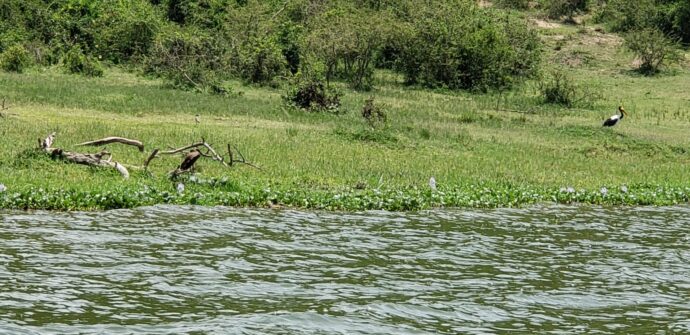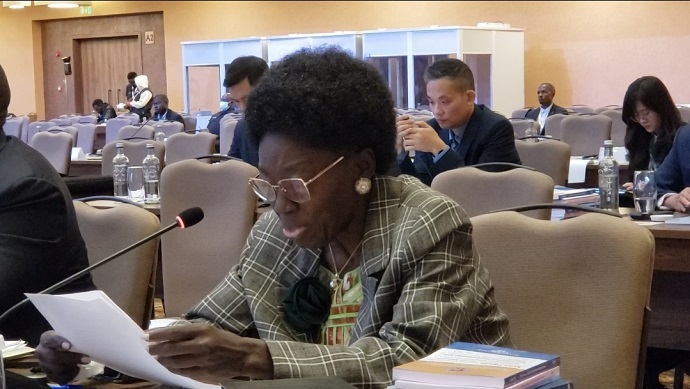
In order to combat the effects of climate change, the Centenary Bank has partnered with the National Forestry Authority (NFA) to start an exercise of restoring 20 hectares of the degraded Masindi Central Forest Reserve.
As part of its ESG commitment, the bank has contributed UGX 60 million towards the restoration of the forest reserve in Masindi District, considering its benefits to the country’s environmental health.
Masindi Central Forest reserve is home to a variety of flora and fauna, including endemic and endangered species. It also functions as a carbon sink, aids in water catchment, and contributes to soil conservation, all of which are crucial in combating the effects of climate change.
The funds will go toward achieving the bank’s tree growing target of at least 40,000 trees in 2025, with support from NFA.
Fabian Kasi, Managing Director of Centenary Bank, expressed his gratitude to the National Forestry Authority for identifying a restoration site that aligns with the bank’s commitment to mitigating environmental degradation in Uganda.
Kasi said that partnering with the National Forestry Authority (NFA) gives real weight to what Centenary Bank is striving to achieve through its tree growing efforts.
“over the years, the bank has made a conscious commitment to improving the environment that it operates in. In the past two years, we have planted 70,000 trees in different parts of Uganda, and now this partnership is another step in its journey to build a greener, more sustainable Uganda,” Kasi said.
Stuart Maniraguha, the Acting Executive Director of the National Forestry Authority, commended Centenary Bank for its continued and impactful efforts in the fight against deforestation.
“Together with Centenary Bank we are proud to be restoring one of the most important green belts to biodiversity in the country. Through such collaborative efforts, we have been able to restore 25,000 of forest land across the country in the last five years” -Maniraguha said
He added that the focus is on restoration degraded CFRs, boundary survey and demarcation, collaborative forest management (CFM) and partnerships, seedlings production and supply and tree plantation establishments to reduce pressure on nature forests’.
Whereas the two entities have taken the first step of planting trees, the real task lies in ensuring that they grow, protected, nurtured, and integrated into the lives of the communities around them.
According to Global Forest Watch, Uganda lost 37.6 thousand hectares of natural forest in 2023 alone, an alarming figure that underscores the urgent need to accelerate efforts to curb deforestation and restore forest cover.




